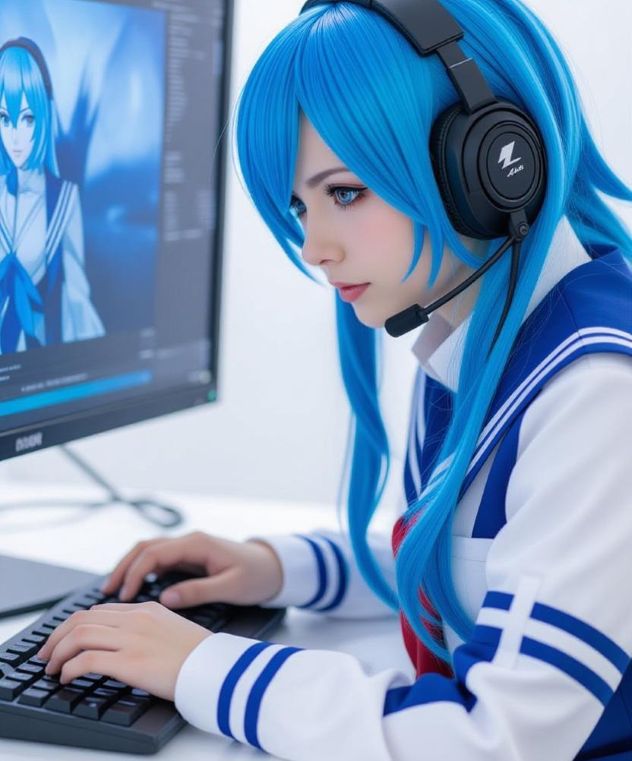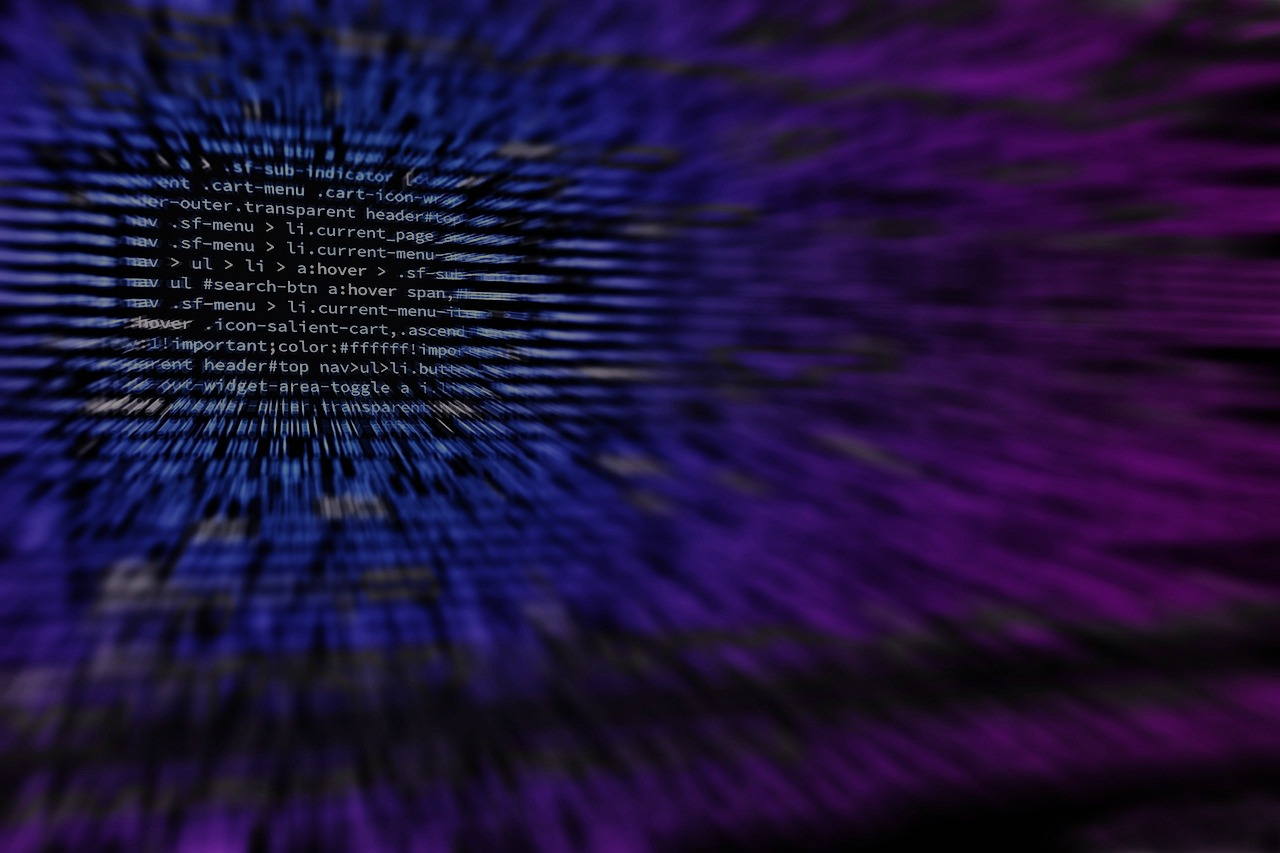
Cosplay has evolved into a sophisticated blend of art, fashion, and technology. What once relied on fabric, foam, and paint now includes 3D modeling, motion capture, and artificial intelligence. Programmers are at the forefront of this creative revolution, transforming code into costumes that push the limits of realism and craftsmanship. Every click, render, and simulation brings a character closer to life, sometimes literally glowing with LED animation or robotic precision.
Technology has made costume creation more accessible and accurate than ever for enthusiasts and professionals alike. From digital sculpting to AI-assisted pattern design, creators are merging technical knowledge with creative vision. Many cosplay girls use these tools to build intricate armor, flowing fabrics, and futuristic accessories that mimic screen-perfect details. The line between programmer and performer is fading, replaced by a new kind of artist who codes and crafts with equal skill.
3D Modeling: From Virtual Design to Physical Detail
3D modeling software has become the backbone of modern costume creation. Tools like Blender, ZBrush, and Autodesk Maya allow creators to sculpt armor, helmets, and props directly on their screens before a single piece of material is cut. With precise scaling, digital texture mapping, and real-time visualization, programmers can test every angle and adjust proportions for perfect comfort and fit. Once finalized, models can be exported to 3D printers to produce detailed components ready for painting or assembly.
Some of the most advanced cosplayers even use motion capture data to analyze how a costume moves. For example, if a shoulder plate restricts arm motion, a 3D model can simulate how to redesign it before physical testing. This eliminates trial and error, saving both time and materials.
AI and Digital Pattern-Making
Artificial intelligence is reshaping how patterns and templates are created. Traditional costume making often involved paper sketches and physical measurements. Now, AI-driven tools such as CLO3D or Marvelous Designer generate digital garments that fit an avatar’s body perfectly. These programs simulate fabric behavior, allowing designers to see how a cape flows or a skirt twirls before sewing begins. For more insights into advanced digital design tools, check out the best upholstery design software for professionals in 2025.
Using these technologies, costume makers are reducing waste and improving comfort. For example, AI can adjust a pattern’s proportions automatically, ensuring a glove fits snugly or armor plates align with natural muscle movement. The combination of coding and creative flair gives life to costumes that are both wearable and cinematic.
Animation and Reference Integration
Animation software provides a unique resource for studying movement and structure. Many cosplayers analyze game or movie character rigs using software like Unreal Engine or Unity to capture authentic poses and proportions. Programmers often extract reference frames, allowing them to mimic how armor segments flex or how fabrics stretch during combat scenes. This technical precision transforms cosplay into an immersive performance rather than simple dress-up.
For dynamic characters, animating LED lights or mechanical components adds another layer of realism. Microcontrollers, coded using Python or Arduino, bring life to props, such as glowing swords, breathing helmets, or reactive armor panels. Each project becomes a mini-engineering challenge, where creativity and logic coexist seamlessly.
3D Printing: The Final Frontier of Costume Craft
Once digital designs are perfected, 3D printing turns pixels into tangible pieces. Programmers familiar with slicing software like Cura or PrusaSlicer can optimize layer height, material density, and print speed to ensure accuracy and durability. Complex pieces such as crowns, weapons, or mechanical joints can be printed in sections, assembled, and painted for professional-level finishes.
What once took weeks of manual sculpting can now be completed overnight. This blend of speed and precision enables creators to focus more on painting, weathering, and detailing—the artistic touches that give personality to a costume.
The Future of Code and Cosplay
The future of cosplay will likely be even more high-tech. With AR, VR, and AI merging into mainstream creative tools, digital design will continue shaping how characters are brought to life. Programmers may soon simulate entire costumes in virtual reality before crafting them physically. For many creators, this fusion of software and craftsmanship is not just innovation, it’s identity.
Whether building a mecha suit or designing ethereal wings, the collaboration between technology and artistry defines this generation of makers. It’s a celebration of both logic and imagination. And as cosplay girls and programmers continue pushing boundaries, one thing is certain—the future of costume creation is coded in creativity.
